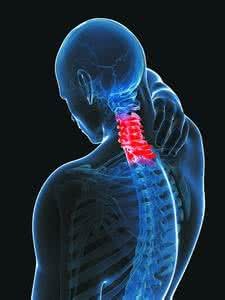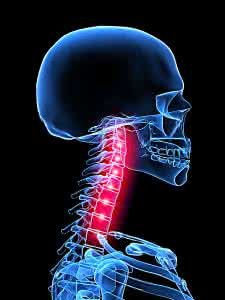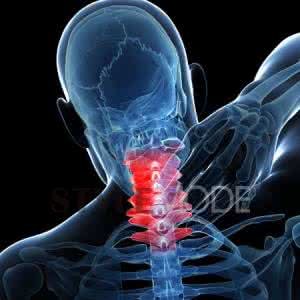What symptom does cervical vertebra disease have?
summary
The clinical symptoms of cervical spondylosis are complex. The main symptoms were neck pain, upper limb weakness, finger numbness, lower limb weakness, walking difficulty, dizziness, nausea, vomiting, even blurred vision, tachycardia and dysphagia. The clinical symptoms of cervical spondylosis are related to the lesion location, tissue involvement and individual differences. What symptom does cervical vertebra disease have? Let's talk about it
What symptom does cervical vertebra disease have?
Cervical spondylotic radiculopathy (1) has typical root symptoms (numbness, pain), and the range is consistent with the area dominated by cervical spinal nerve( 2) The pressure head test or brachial plexus traction test were positive( 3) The imaging findings were consistent with the clinical manifestations( 4) There was no significant effect in blocking pain points( 5) Except for upper limb pain caused by external cervical lesions such as thoracic outlet syndrome, carpal tunnel syndrome, cubital tunnel syndrome and scapulohumeral periarthritis.

Cervical spondylotic myelopathy (1) clinical manifestations of cervical spinal cord damage( 2) X-ray showed hyperosteogeny and spinal stenosis at the posterior margin of the vertebral body. Imaging confirmed the presence of spinal cord compression( 3) Except amyotrophic lateral sclerosis, spinal cord tumor, spinal cord injury, multiple peripheral neuritis, etc.

Cervical spondylosis of vertebral artery type (1) had a sudden attack. And accompanied by cervical vertigo( 2) Neck rotation test was positive( 3) X-ray showed segmental instability or osteogenesis of the axis joint( 4) Most of them have sympathetic symptoms( 5) Except ocular and otogenic vertigo( 6) Except for basilar insufficiency caused by compression of vertebral artery segment I (the vertebral artery segment before entering the 6 transverse foramen) and vertebral artery segment III (the vertebral artery segment before leaving the cervical spine and entering the intracranial)( 7) Vertebral artery angiography or digital subtraction angiography (DSA) should be performed before operation.

matters needing attention
Keep good living habits (use pillow reasonably, pay attention to keeping neck warm and correct posture) increase work break appropriately. People who have been engaged in desk work for a long time should increase work break and activity time, so as to enhance blood circulation of the whole body, eliminate local muscle fatigue, and prevent and relieve cervical vertebra strain












